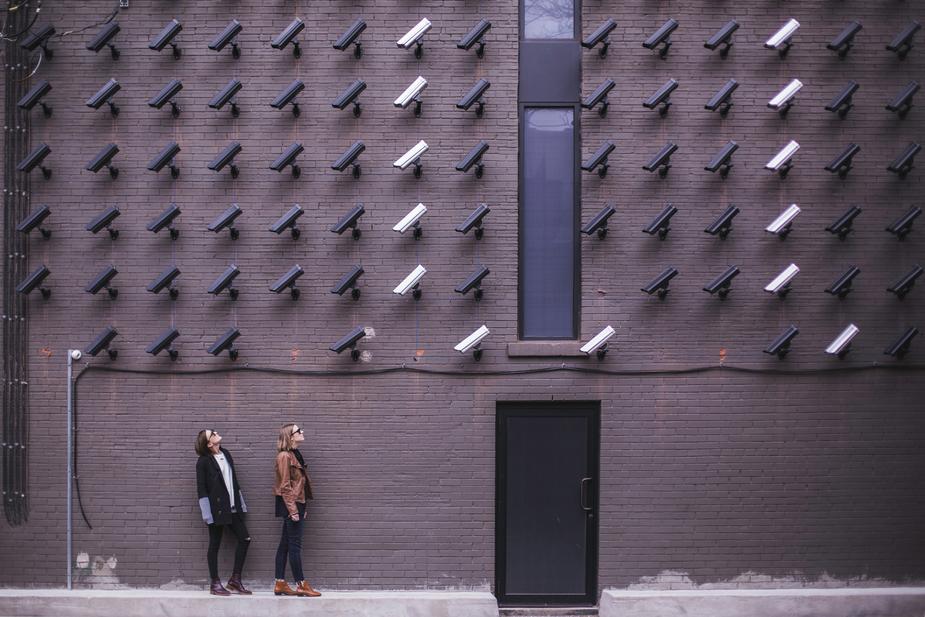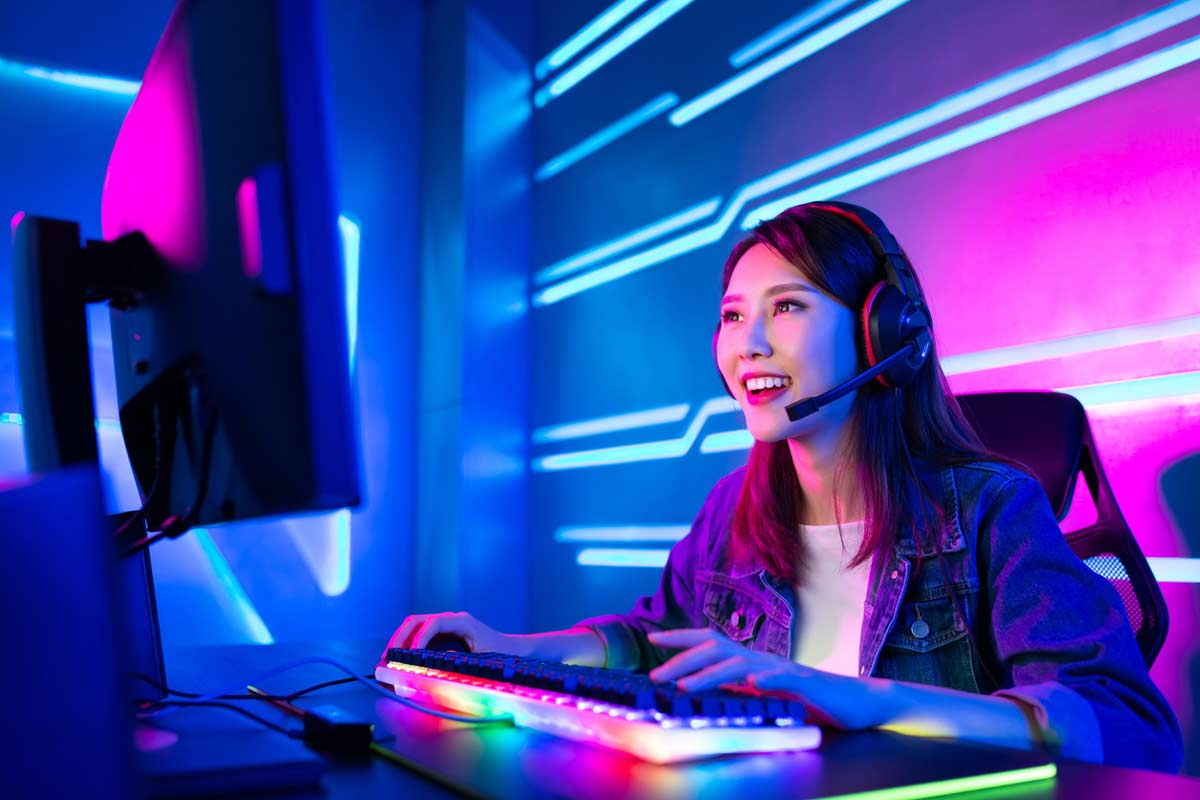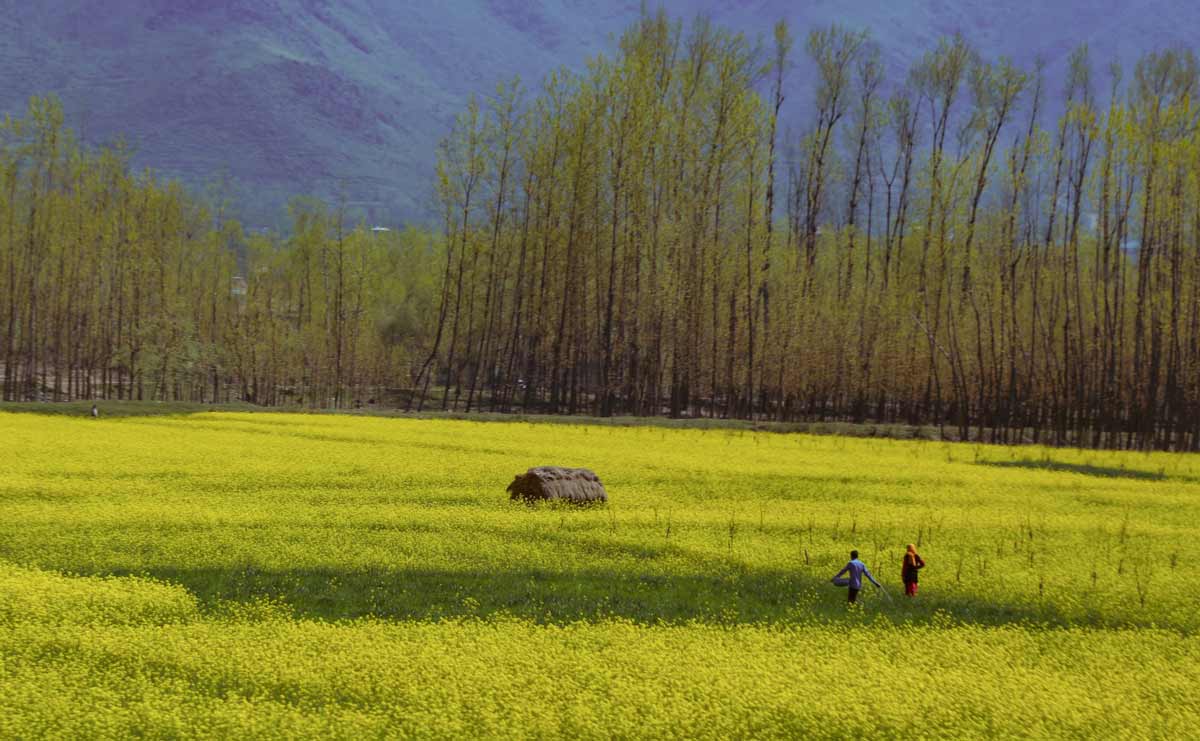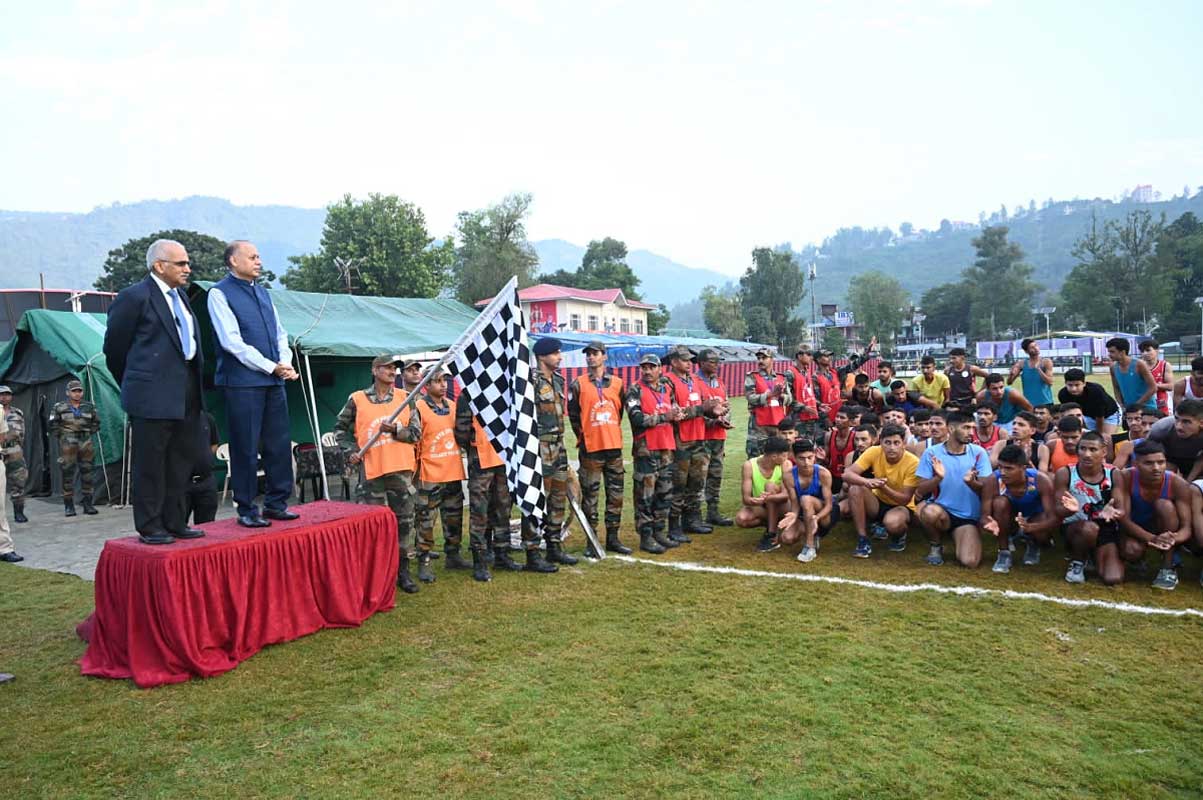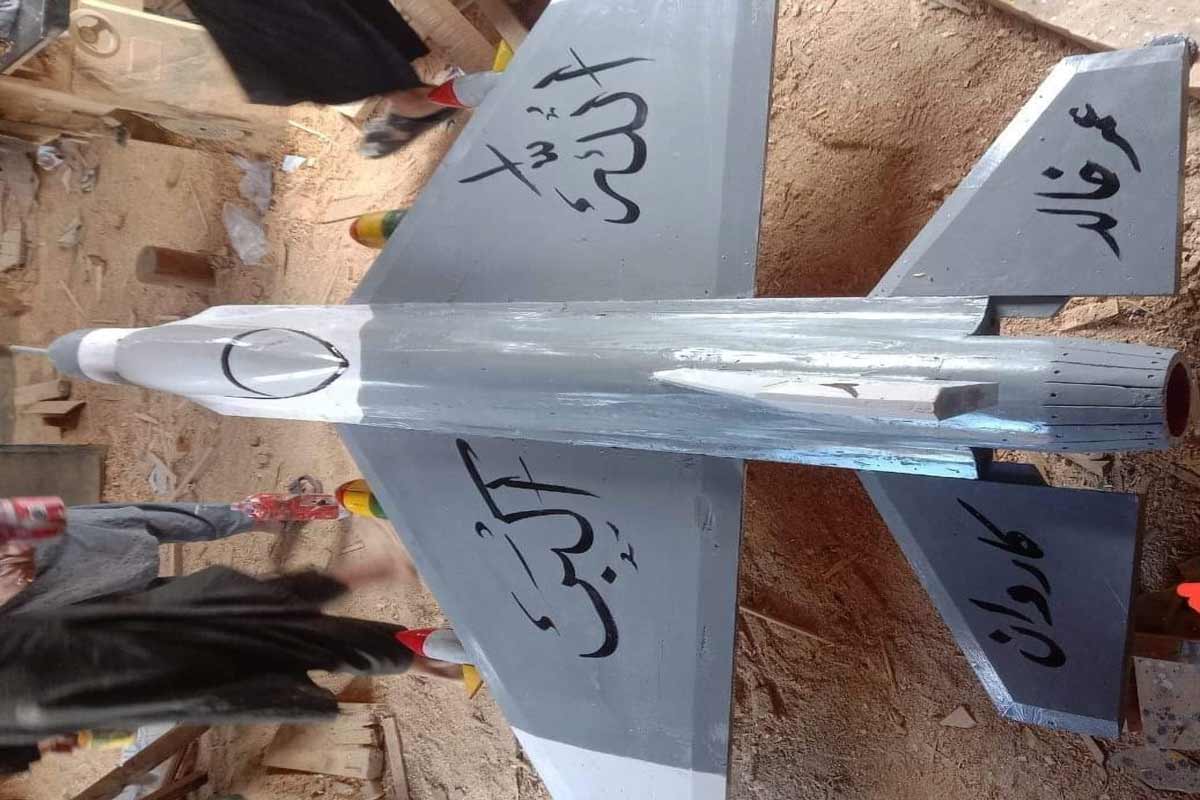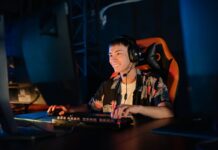COVID-19 disease, caused by the SARS-CoV-2 virus, was identified in December 2019 in China and declared a global pandemic by the WHO on 11 March 2020. Presently, there are 1,447,454 cases of coronavirus worldwide and 83,401 have been the reported deaths so far. India has confirmed cases of 5,194 and reported deaths of 149 people due to coronavirus.
Artificial Intelligence (AI) is a potentially powerful tool in the fight against the COVID-19 pandemic. AI can, for present purposes, be defined as Machine Learning (ML), Natural Language Processing (NLP), and Computer Vision applications to teach computers to use big data-based models for pattern recognition, explanation, and prediction. These functions can be useful to recognize (diagnose), predict, and explain (treat) COVID-19 infections, and help manage socio-economic impacts. Since the outbreak of the pandemic, there has been a scramble to use and explore AI, and other data analytic tools, for these purposes. Facial Recognition technology is no left behind.
Due to benefits it offers, facial recognition has been gaining prominence in recent times adding value to dumb CCTV cameras. China is the leading adopter of facial recognition technology and have used it extensively to track the citizens and bad elements. China is perhaps the world’s numero uno when it comes to the massive amounts of data it harvests of its citizens.
A network of over 200 million CCTV and video surveillance cameras across the country. Not only these, biometric scanners are installed at all the entry and exit points of residential complexes across cities. Whenever individuals leave the apartment, they have to scan their faces as a sort of logging in / out process. From then on, the Intelligent Systems processing the data know and keep track of the exact whereabouts of the person via the surveillance net across the country. Huge centrally located databases then store all of this information, even as machine learning algorithms keep churning the data and is able to calculate the exact social interactions of the individual. The system is so sophisticated that it can list most of the people who interacted with an infected person in the previous two weeks.
Based on the individuals susceptibility calculated through multiple inputs to complex algorithms, every citizen gets an automatic Health code. The luckier ones get the ‘GREEN’ while some get ‘AMBER’ while some others ‘RED’. This coding determines the mobility of the person. A green colour implies that the individual is absolutely free to roam anywhere. People who just flew into China or might have possibly been in contact with some infected person get the ‘AMBER‘ code, and their movement is somewhat restricted (the restrictions being pre-defined, to the extent that they aren’t permitted to even drive). Lastly the Infected ones fall under the ‘RED’ category and the govt ensures that these people, per force, stay in quarantine for at least 14 days.
Also Read: Good Samaritans In Times of Covid-19
It is this facial recognition and surveillance systems along with several other technologies, that China has been able to control Covid-19 pandemic, to an extent that it’s now leading and helping other nations to fight it.
In some other countries, Facial Recognition is finding new applications in Healthcare, Retail, Hospitality, Casinos etc. etc.
According to a statement, the Indian Council of Medical Research is working to scale-up the testing of 1 lakh a day as compared with 18,000 tests daily at present. In a country like India, which has a total population of more than 130 Crores, AI based thermo cameras can be very much useful to detect fever people with fever in large numbers at one go. There cameras can be deployed at all the public places like, Airports, Railway Stations, Metro Stations, Hotels, clubs etc.
Also Read: Work With Conviction To Protect Earth’s Environment
Taking a cue from China, Facial Recognition software included in CCTV cameras in streets and mounted on the drones is being extensively used by many a countries to track the infected and quarantined citizens of Covid-19. In South Korea, extensive use of thermal cameras with facial recognition software to get real time alerts about the people having fever and intercepting them immediately.
The drone mounted cameras, though have found much use in India in monitoring and effectively implementing the social distancing norms during the 21+19 days extended lockdown presently underway.
Facial Recognition Software OEMs are enhancing their products to recognize people even with masks on. And many of them have achieved the success in identifying people with masks. In future the facial recognition based biometric attendance system, facial recognition based contact less door opening systems will be the trends that will also help to reduce the changes of infections due to touch based biometric attendance or door opening systems.
When asked about How Facial Recognition (FR) is helping in fighting against Covid-19 pandemic, Bikas Jha, Country Head, RealNetworks Pt. Ltd. said, “RealNetworks in Japan and Korea are testing FR software with thermal cameras which can recognise faces and also give face temperature of the persons. We have also enhanced our algorithm to recognise persons with mask on. We have also developed attendance system based on facials recognition which can be integrated with existing CCTV cameras. This will help to remove dependencies on finger touch based biometric attendance system those have potential to spread infections”.
Improving AI, one of the most promising data analytic tools to have been developed over the past decade or so, so as to help reduce these uncertainties, is a worthwhile pursuit. Encouragingly, data scientists have taken up the challenge and the progress has only accelerated in the right direction.
Helpful Resources:
PaddlePaddle – The little known Game Changer in Deep Learning
Also Read:
- Gas Detectors: A Comprehensive Guide
- Slot Gacor: The Ultimate Guide to Winning Big
- Jammu & Kashmir (J&K) Going Full Spectrum
- Kidzania On The Move, Opens ‘Air India Aviation Academy’ For Children At Noida & Mumbai
- Bound to Burst – The Agnipath Bubble
- The Spectre of Terror
~ News4masses is now also on Google news
~ If you want to contribute an article / story, please get in touch at: news4masses[at]gmail[dot]com

